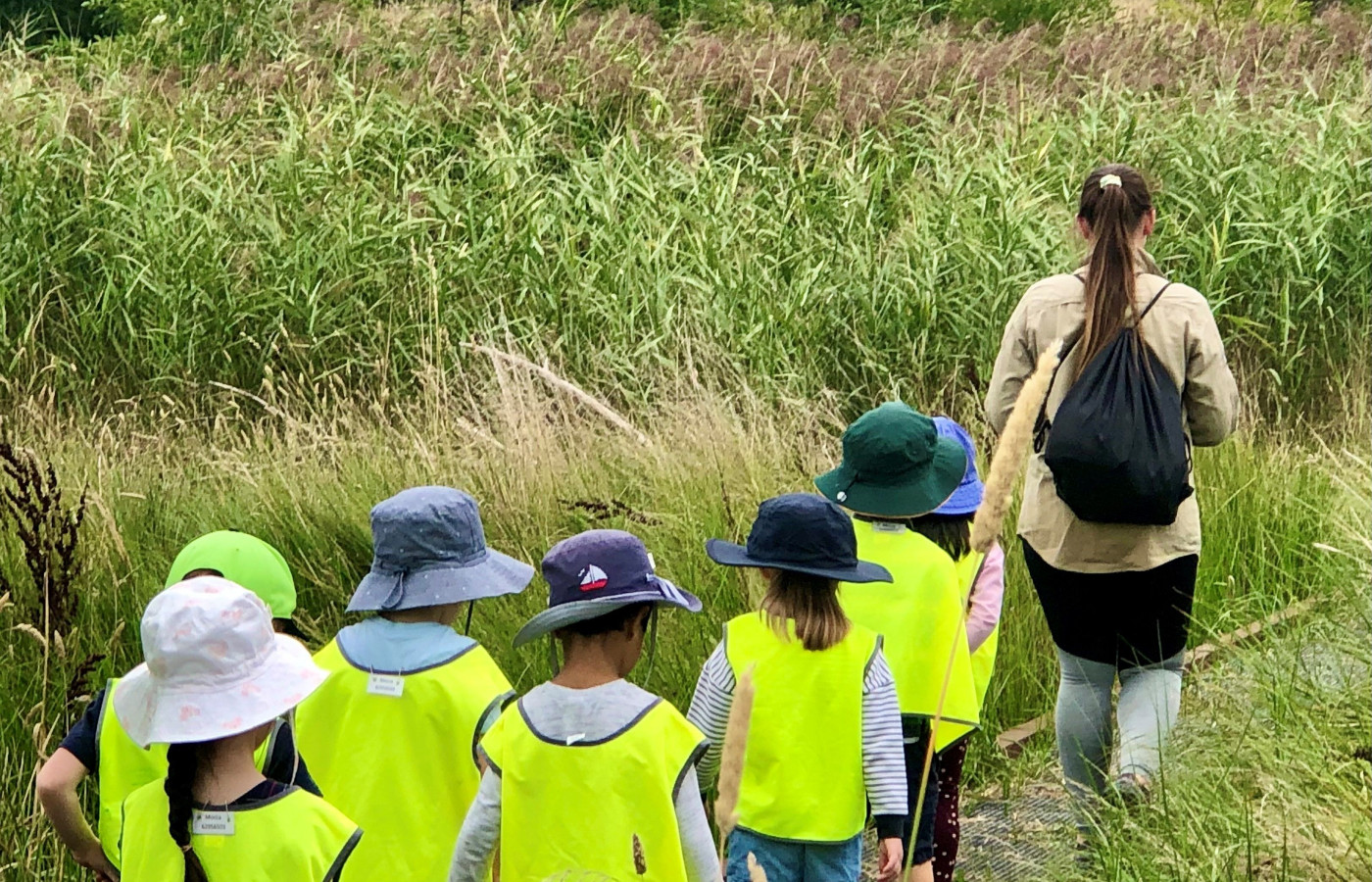Bird eye spy!

Bird eye spy!
Looking for local birds and learning their names
Materials Required
- Just your eyes and ears
Paper and drawing tools to record your findings, Local bird poster to identify local birds in your area, Digital device or camera
Play experience profile
-
Age:
-
Min Playtime15 - 30 Minutes
-
Skills
-
Energy LevelActive play
-
Messiness Rating
-
EYLF Outcomes
Play Experience Preparation
Listen to some local bird calls to see if you can hear these again on your walk - Print the Local Bird Poster (see the attached Website for Backyard Birds) if you would like to take this with youExperience Steps
- Take a walk in your garden or around your neighbourhood.
- Listen carefully- can hear the birds?
- Look carefully- can you see the birds?
- Do you know what type of birds you can see?
- Record the birds that you see by encouraging your child to draw them
- Create a simple graph to record how many different birds you saw and count the tallies.

What to talk about, or questions to ask during the experience
- Can you hear any birds?
- Can you see any birds?
- What do they sound like?
- What do they look like?
- What colours are they?
- Are they big or small?
- Do you know the name of that bird?
- Is that a Magpie?
- Is that a Rainbow Lorikeet?
- Talk about the different birds that you saw and their differences and similarities.
Build on this...
- Look at the poster on the Backyard Birds website and see if you can identify any of the birds you saw.
- Do some research about your local "Backyard Birds"- use the link below.
- Backyard Birds have a bird count each year - you might like to register to be involved in their next count.
WHO guidelines for physical activity and sedentary behaviour
Provide evidence-based public health recommendations for children, adolescents and adults on physical activity.
Learn more
Provide evidence-based public health recommendations for children, adolescents and adults on physical activity. Learn more
Walking around your house or neighbourhood is being physically active
EYLF Outcomes
The Early Years Learning Framework has been designed for use by early childhood educators working in partnership with families, children’s first and most influential educators.
View PDF
The Early Years Learning Framework has been designed for use by early childhood educators working in partnership with families, children’s first and most influential educators. View PDF
- Children become socially responsible and show respect for the environment
- Children develop a range of skills and processes such as problem solving, inquiry, experimentation, hypothesising, researching and investigating
- Children interact verbally and non-verbally with others for a range of purposes
EYLF Principle
Principle 3: High expectations and equity. Children progress well when they, their parents and educators hold high expectations for their achievement in learning.
EYLF Practice
Practice: Intentional teaching. Intentional teaching is deliberate, purposeful and thoughtful. They use strategies such as modelling and demonstrating, open questioning, speculating, explaining, engaging in shared thinking and problem solving to extend children’s thinking and learning.
https://www.birdsinbackyards.net/Backyard-Birds-NSW
Author:


